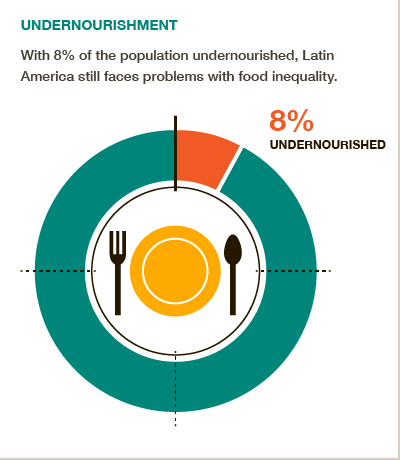
Source
[FAO] Food and Agriculture Organization of the United Nations. 2013. The state of food insecurity in the world 2013: The multiple dimensions of food security. Rome: FAO. (Available from http://www.fao.org/publications/sofi/en/)

[FAO] Food and Agriculture Organization of the United Nations. 2013. The state of food insecurity in the world 2013: The multiple dimensions of food security. Rome: FAO. (Available from http://www.fao.org/publications/sofi/en/)
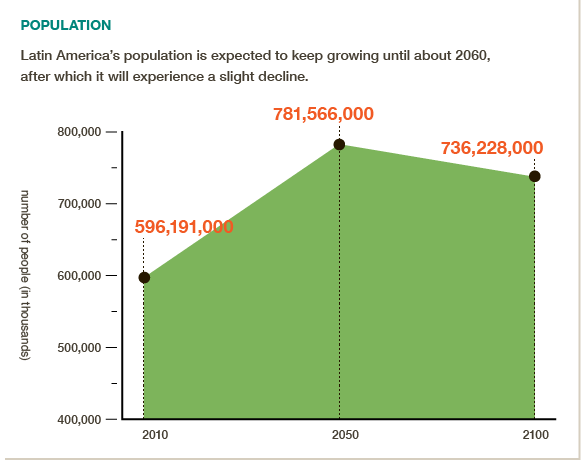
[UN-DESA] United Nations Department of Economic and Social Affairs. 2013. World Population prospects, the 2012 revision, highlights and advance tables. Population Division of the Department of Economic and Social Affairs of the United Nations Secretariat. New York. (Available from http://esa.un.org/unpd/wpp/Documentation/pdf/WPP2010_Highlights.pdf)
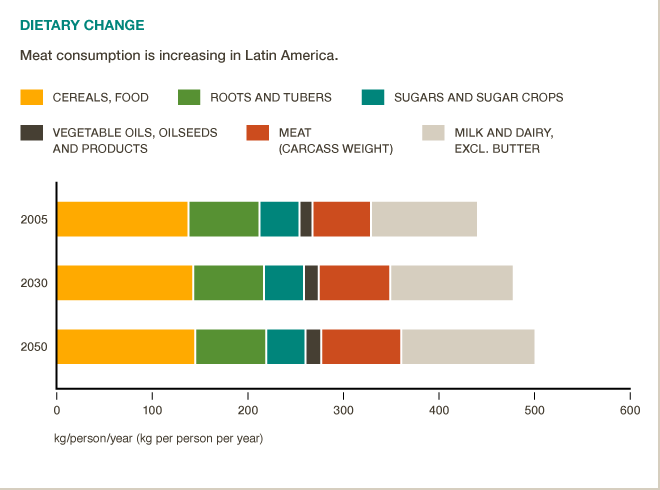
Alexandratos N, Bruinsma J. 2012. World agriculture towards 2030/2050: the 2012 revision. ESA Working Paper 12-03. Rome: Food and Agriculture Organization of the United Nations (FAO). (Available from http://www.fao.org/docrep/016/ap106e/ap106e.pdf)
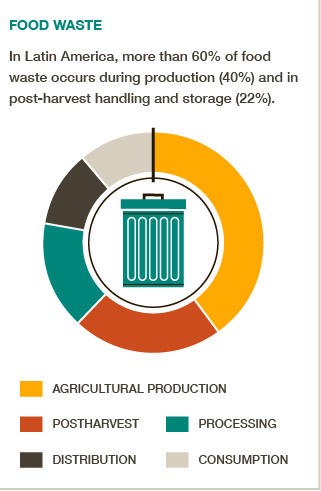
[FAO] Food and Agriculture Organization of the United Nations. 2013b. Food wastage footprint. Impacts on natural resources. Summary Report. Rome, Italy: FAO (Available from http://www.fao.org/docrep/018/i3347e/i3347e.pdf)
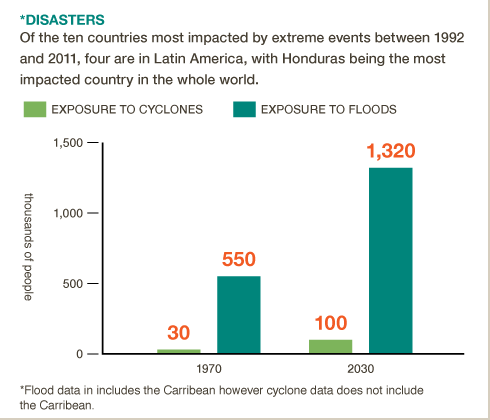
Handmer, J., Y. Honda, Z.W. Kundzewicz, N. Arnell, G. Benito, J. Hatfield, I.F. Mohamed, P. Peduzzi, S. Wu, B. Sherstyukov, K. Takahashi, and Z. Yan, 2012: Changes in impacts of climate extremes: human systems and ecosystems. In: Managing the Risks of Extreme Events and Disasters to Advance Climate Change Adaptation [Field, C.B., V. Barros, T.F. Stocker, D. Qin, D.J. Dokken, K.L. Ebi, M.D. Mastrandrea, K.J. Mach, G.-K. Plattner, S.K. Allen, M. Tignor, and P.M. Midgley (eds.)]. A Special Report of Working Groups I and II of the Intergovernmental Panel on Climate Change (IPCC). Cambridge University Press, Cambridge, UK, and New York, NY, USA, pp. 231-290. (Available from https://www.ipcc.ch/pdf/special-reports/srex/SREX_Full_Report.pdf)
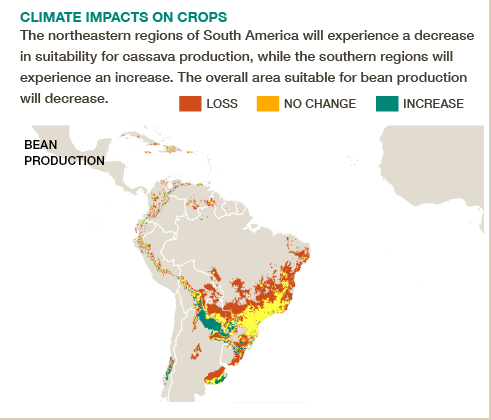
Shyam Singh Yadav, Robert Redden, Jerry L. Hatfield, Hermann Lotze-Campen, Anthony J. W. Hall (eds.). 2011. Crop Adaptation to Climate Change. Sussex, UK: John Wiley and Sons, Ltd.
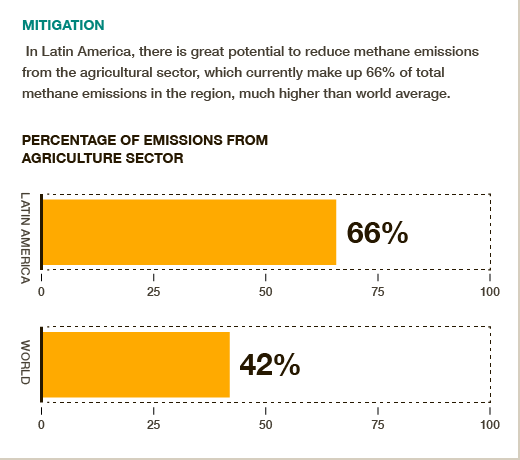
World Bank. 2013. World Development Indicators: Trends in greenhouse gas emissions. http://wdi.worldbank.org/table/3.9.
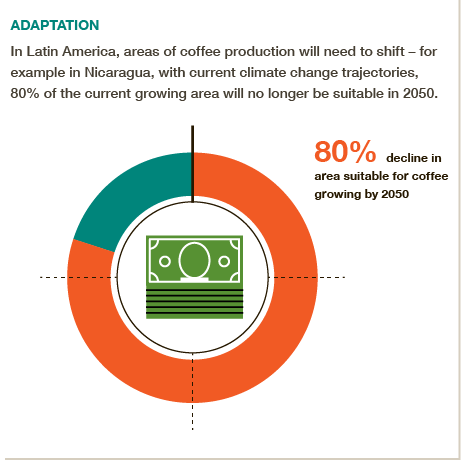
[UN-ECLAC] United Nations Economic Commission for Latin America and the Caribbean. 2013. Databases and statistical publications. http://estadisticas.cepal.org/cepalstat/WEB_CEPALSTAT/estadisticasIndicadores.asp?idioma=i